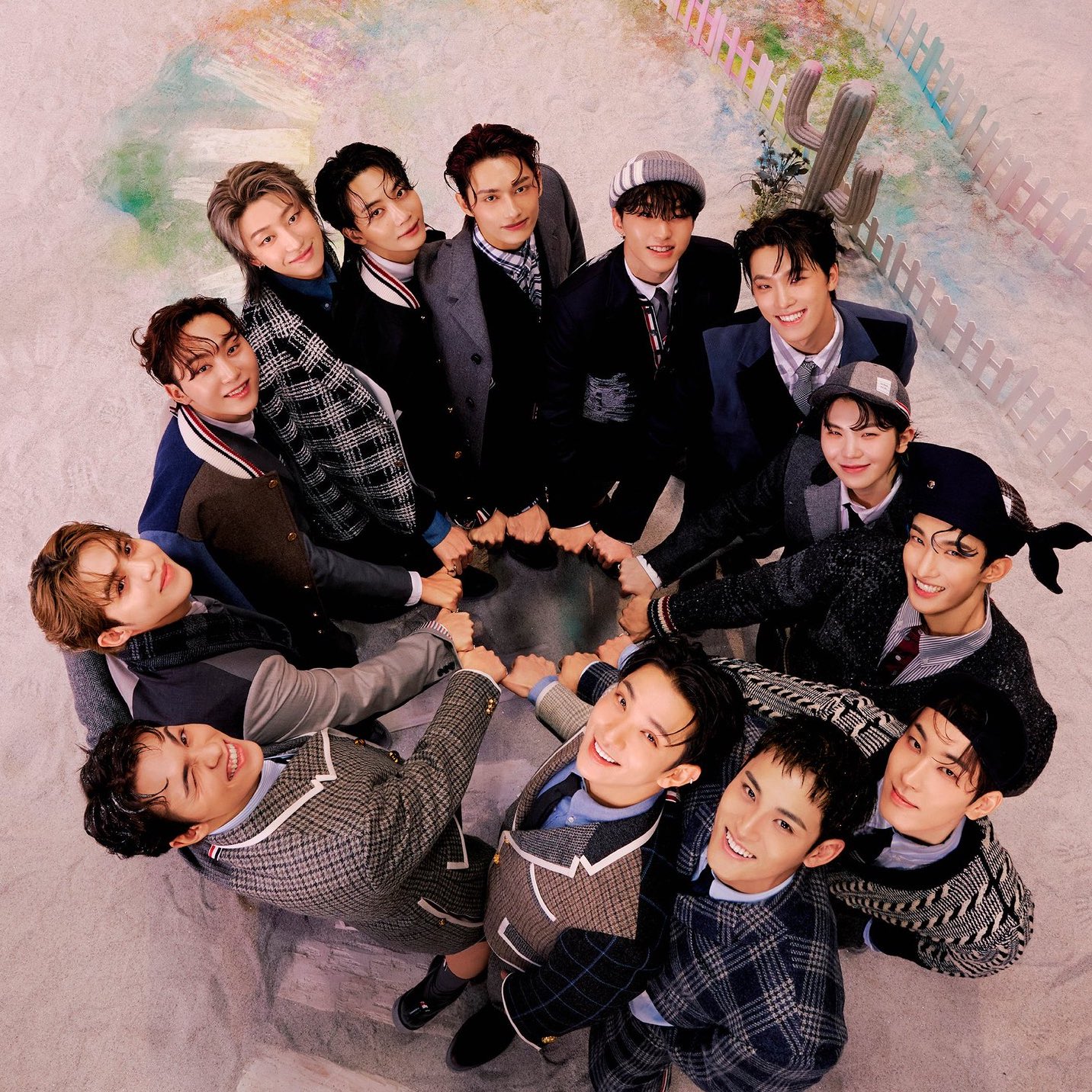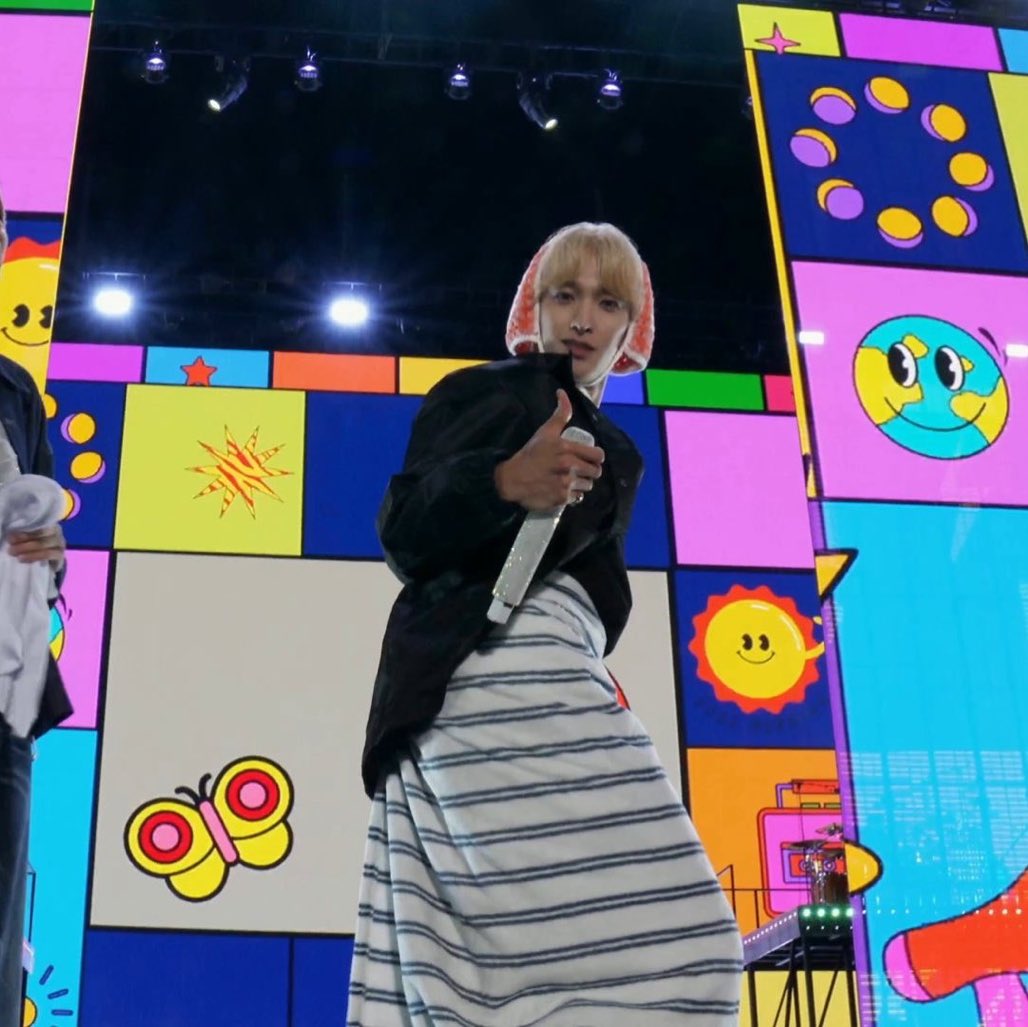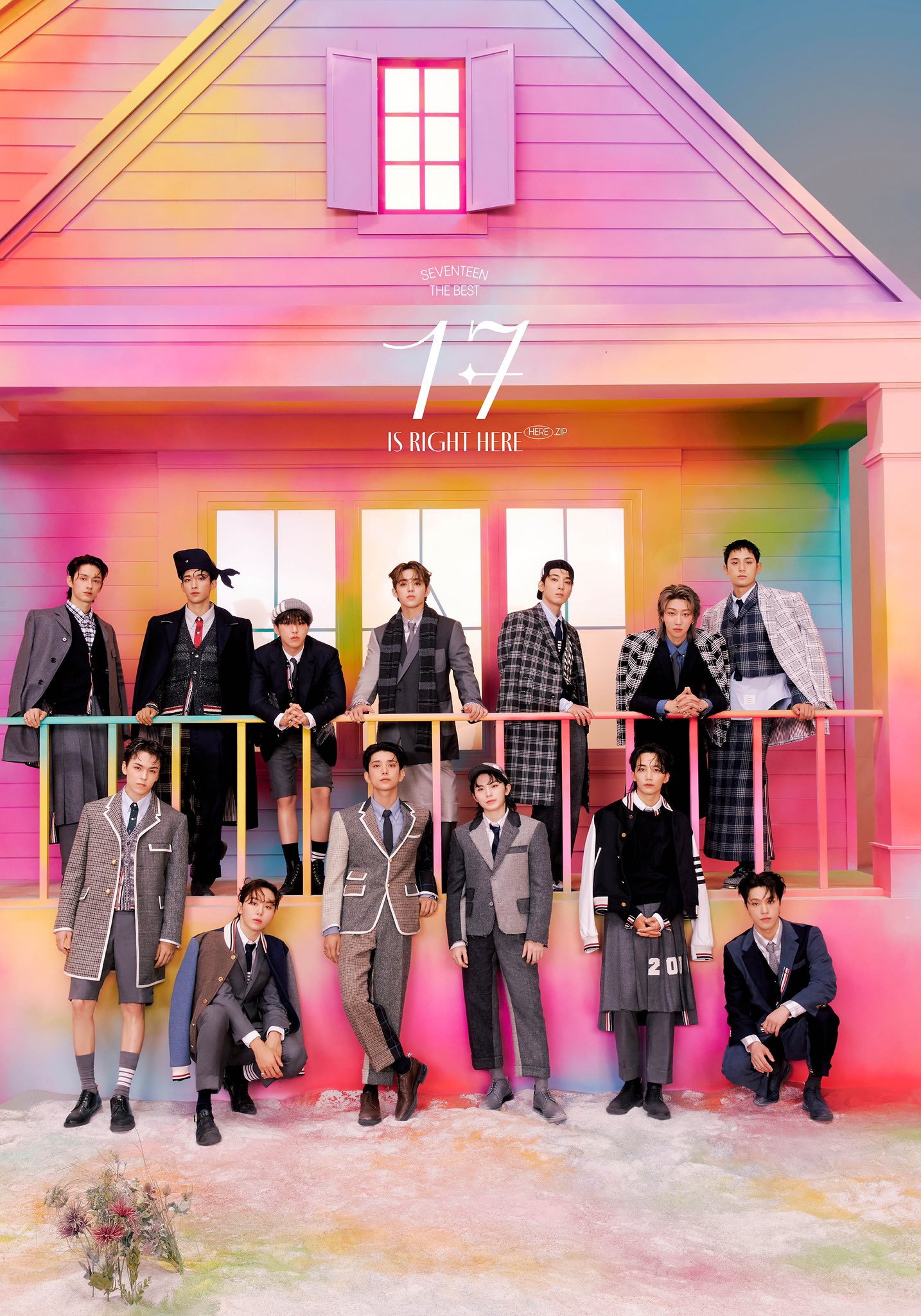SEVENTEEN has promoted itself as a self-producing group since debut. This does not mean that the members create their material entirely on their own, as they have repeatedly recognized the producers and choreographers with whom they work closely. Nevertheless, it is rare for K-pop acts to be so heavily involved in the direction of every album and performance, especially from inception. In the act’s first mini album in 2015, 17 Carat, vocalist Woozi contributed to the writing of all five tracks and Hoshi worked on the choreography for two songs, “Shining Diamond” and “Adore U.” Since then, both members have retained leading roles in their respective areas.
Over the past five years, Woozi has co-composed most of SEVENTEEN’s songs alongside PLEDIS’ in-house producer Bumzu, and takes on a directing role in the recording studio. Other members are frequent contributors to the music production, with the four rappers of the hip-hop team writing lyrics for their sub-unit’s tracks. By 2017, all members of SEVENTEEN had writing credits. And while Hoshi has co-choreographed most of SEVENTEEN’s title tracks to date, the other three members of the performance team regularly create choreography for their sub-unit’s songs and other projects.
SEVENTEEN also sets itself apart for being larger than most Korean idol groups. The size creates opportunities for visual storytelling through the act’s formation in performances. In the recent release “My My,” the artists’ moves paint the picture of main vocalist Seungkwan riding on a boat in the splashing sea. In the 2017 hit song “Don’t Wanna Cry,” their positioning creates the image of two members walking under street lamps. These scenes would be much more difficult, or impossible, for smaller groups to execute. Despite its large size, SEVENTEEN has also earned recognition as one of the most synchronized K-pop acts. The choreography video for “Don’t Wanna Cry,” for instance, shows all members dancing with extreme precision and near-perfect timing.


